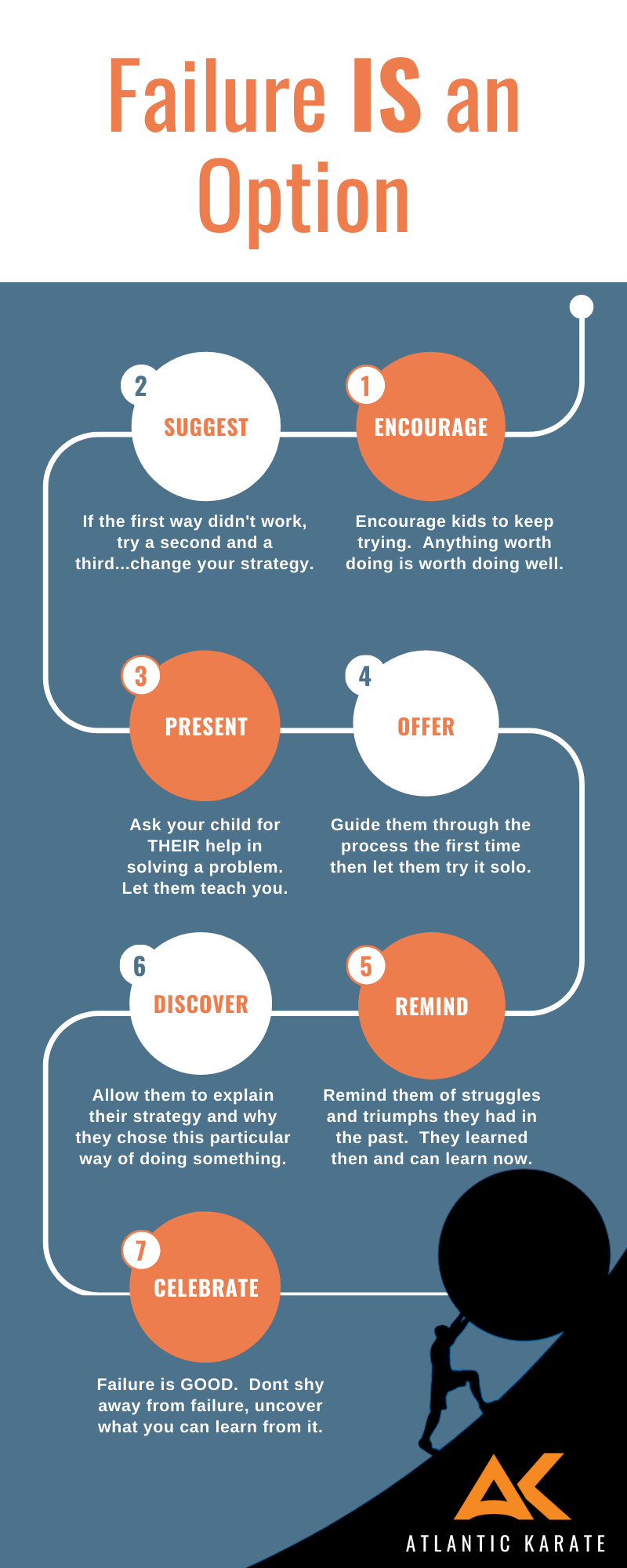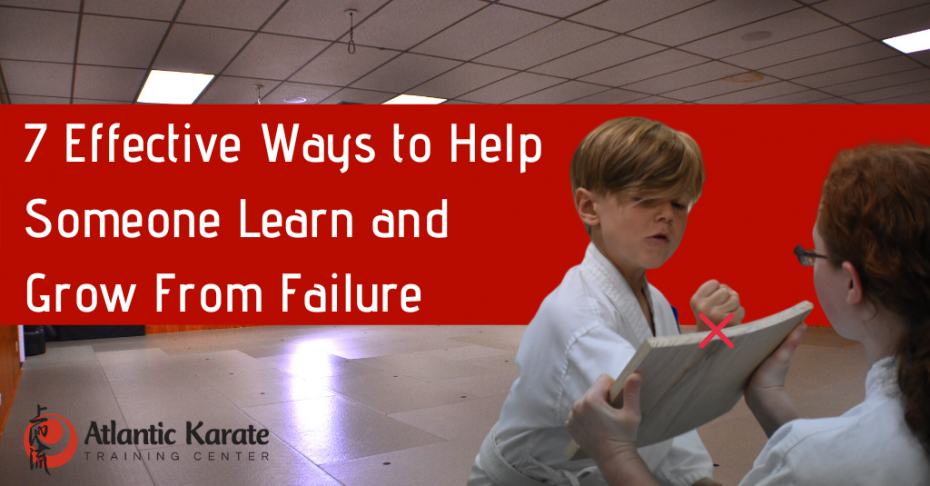
“Winning is great, sure, but if you are really going to do something in life, the secret is learning how to lose. Nobody goes undefeated all the time. If you can pick up after a crushing defeat, and go on to win again, you are going to be a champion someday.”
Wilma Rudolph
Life has many lessons and one of the most important ones is the experience of failing. The lesson lies not in what you were unsuccessful in doing, but rather in how you respond to your failure. Can you see the failure not as a reflection upon your abilities, but as an opportunity to grow and learn?
Children (and adults) who see a failure as a stopping point, a time to retreat, are not tapping into this beautiful learning opportunity for growth. Many successful people fail all the time, but instead they use the idea of “growth mindset” to see their failures as learning opportunities.
As human beings the only natural ability we have at birth is the ability to learn! Learning happens when we try, when we fail and when we succeed. Learning how to walk is a perfect example of this process. Watch a baby stand up…. stumble…. crash… get up and go again. And some of those crashes hurt. Now do they see them as opportunities to learn and growth? NO! They do however, become enthralled with the experience and the process. It’s not just the goal of walking that drives them, but the whole process itself. They aren’t comparing themselves to others (that comes around 3-4 years of age). They are on a mission and having fun doing so!
“The goal is not to be better than the other man, but your previous self.”
Dalai Lama XIV
These seven steps will challenge your child to find the opportunity to improve themselves and move past the negativity of failing. Check out this infographic that also outlines these 7 steps. (You can even download it here)

1. ENCOURAGE
“Your first two tries were almost on target, keep practicing and I know you will succeed”.
If you don’t give up, your kids won’t give up. Reinforce that anything worth achieving takes effort. Show them that. Be that example!!
Effort isn’t always about repetition; it’s about changing what isn’t working to find out what does. The pursuit of continuous improvement is what the Japanese call Kaizen.
2. SUGGEST A CHANGE OF STRATEGY
“If you take a step back and begin again, what can you do differently to change the outcome?” There is more than one way to accomplish a goal. What works for one person may not work for you or your child. Help them find alternative solutions.
This is intentional problem solving. You are helping them recognize the problem and that the attempt they made to solve it was not successful. You are asking them to try something new…something different.
Trying new things until you find what works is Grit. Grit is that quality that isn’t based on talent or knowledge, it is the drive you have to push towards new goals, new experiences, and new discoveries.
3. PRESENT A PROBLEM
“This is new to me and I’m not sure where to begin, can you help me solve this problem?” Someone knowing you believe in their ability can quash any doubt or reservations they may have about their ability to try something challenging.
4. OFFER TO DEMONSTRATE AND THEN LET THEM TRY
“Would you like me to show you how to solve this? Now you try.” Guide them, be their instruction manual. Some kids need a jump start to have that extra shot of confidence to try the unknown.
Kids learning from trial and error empowers their ability to turn failure into success. They can learn where and how things went wrong and went right.
5. REMIND THEM OF PAST STRUGGLES
“Remember when multiplication tables were difficult for you? You kept practicing and now they are simple for you to recite.”
How quickly we forget our past successes when we feel as if we are failing. Remind them how their own perseverance has paid off in the past.
6. DISCOVER THEIR STRATEGIES
“What made you decide to try it this way?” When someone can explain the why and how the execution does not feel as daunting. Let them talk their way through their challenge.
Your child explaining their process also reinforces their ability to look to improve upon what already works.
7. CELEBRATE THEIR FAILURES
“You failed, so that means you are trying something that really challenges you! I’m so proud of you that you are not limiting yourself.”
Getting it right in the first try is seldom the case. Failure is opportunity and teaching kids that failure is good can abolish their self-doubt. Knowing the world does not end if they fail is a lesson that will serve them for a lifetime.
About the author: Andrew E. Moores is the Director of Training for Atlantic Karate Training Center in beautiful North Hampton, NH. He has the most blessed opportunity to teach amazing students ages 4 to 77 years old for the past 20 years. He has had the privilege to witness students of every age chase after and reach their full potential.



